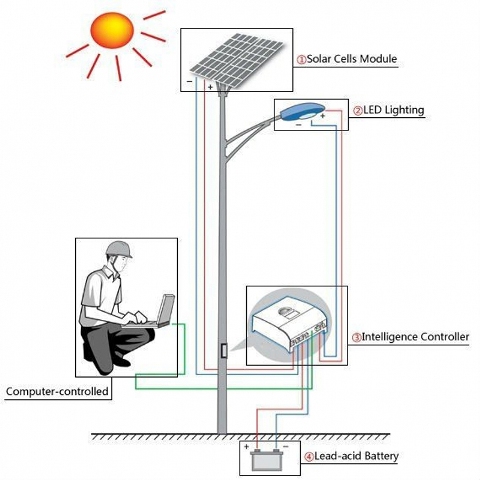How solar LED street lights work and work
LED lights today are products made on the basis of the most modern technologies. Recently, LED flashlights have revolutionized fishermen, hunters and hikers. In the old days, to provide light in the nature at night, one had to get a huge amount of batteries or carry a battery with him in a backpack, but today LED flashlights allow you to forget about that. LEDs are very economical and even with a salt battery they can provide light for tens of hours.
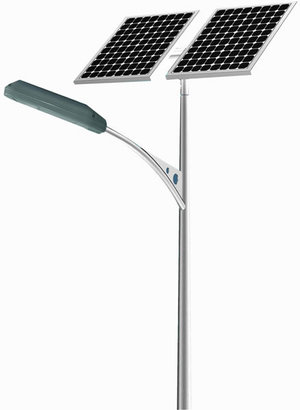
As photovoltaic and battery technologies advance, standalone LED solutions are becoming increasingly popular. Ideal for industrial applications, they are easy to transport and easy to install. During the day, a photovoltaic panel (solar battery) will charge a battery installed in a reliable pole box, and at dusk the lantern will automatically turn on and use the energy stored in the battery.
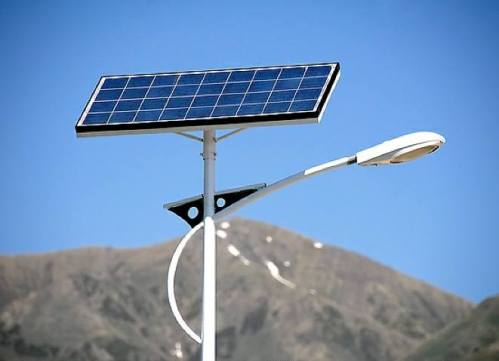
Autonomous street lights are developed taking into account the climatic characteristics of a certain region.At the same time, a fully charged battery with a sufficiently good capacity is generally able to provide autonomous operation of a street lamp for several days, even if the sun is hidden for a long time behind clouds or clouds.
Autonomous solar street lights are easy to use. They do not require wiring, that is, they can reduce installation costs, and in addition, during operation, you will no longer need to supply electricity to the lamp post through wires. And the advantages of LEDs are generally obvious to everyone today: high brightness, minimal energy consumption, compactness, durability.
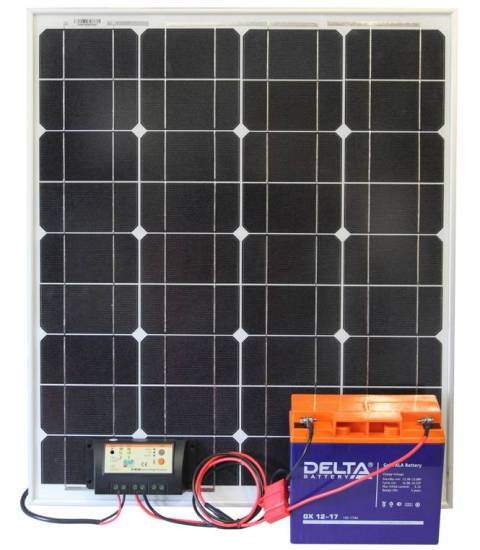
So, an autonomous LED street light is installed on a pole and does not require a 220-volt connection. If we consider the device of equipment for a 20 W road light, then the kit, in addition to the light itself, includes a 90 W solar battery, a battery without gel support with a capacity of 55 Ah and a charge controller with a driver for LEDs.
It is clear that during the day the controller charges the battery from the solar battery and with the onset of darkness it discharges the battery by powering the LEDs.
The controller is configured to light the lantern at dusk. By default, the settings are set to turn the flashlight on all night after sunset and off at sunrise. But let's face it—in winter, there isn't enough solar energy to keep the lantern burning through the dark hours of the day!
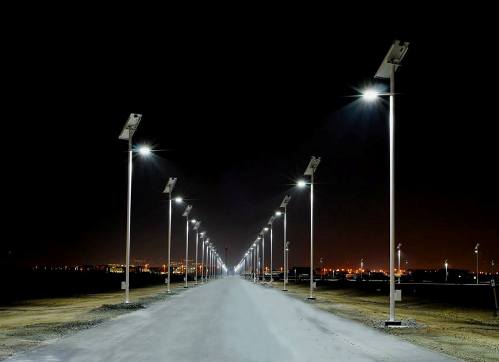
There are two ways to solve this problem: the first is to increase the solar panel area and battery capacity, but this is a very expensive and impractical way.
The second way is more reasonable: the controller can be adjusted flexibly, for example, so that after sunset the lamp works for the first 2 hours at full rated power (for our example — 20 W), then for 1 hour at 50% power (at 10 W), then the flashlight should be turned off completely for several hours and turned on again 2 hours before dawn at 40% power (at 8 W).
The option of such a flexible configuration of the controller allows you to reduce the amount of electricity consumed, and the energy accumulated even on a gloomy cloudy day will be enough to power the flashlight even in winter.
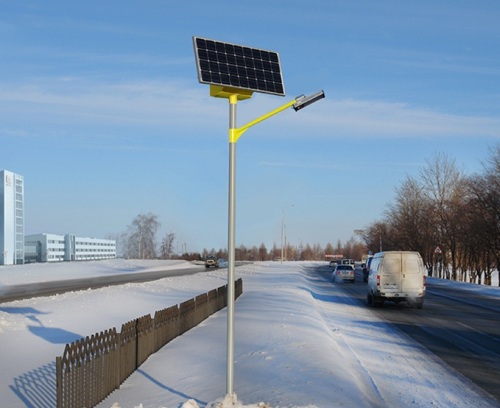
When you install the solar panel on a pole, it is positioned so that the light falls perpendicular to its surface to achieve the highest efficiency. During the day, sunlight must fall on the entire photosensitive surface of the battery; the shadows of objects and trees should not fall on it. If you live in a region where the winters are very snowy, then for this time of the year you can envisage mounting the panel vertically so that the snow does not stick to it (for example, fix the panel vertically on a pole or even hang it on the wall of a building near the road).

